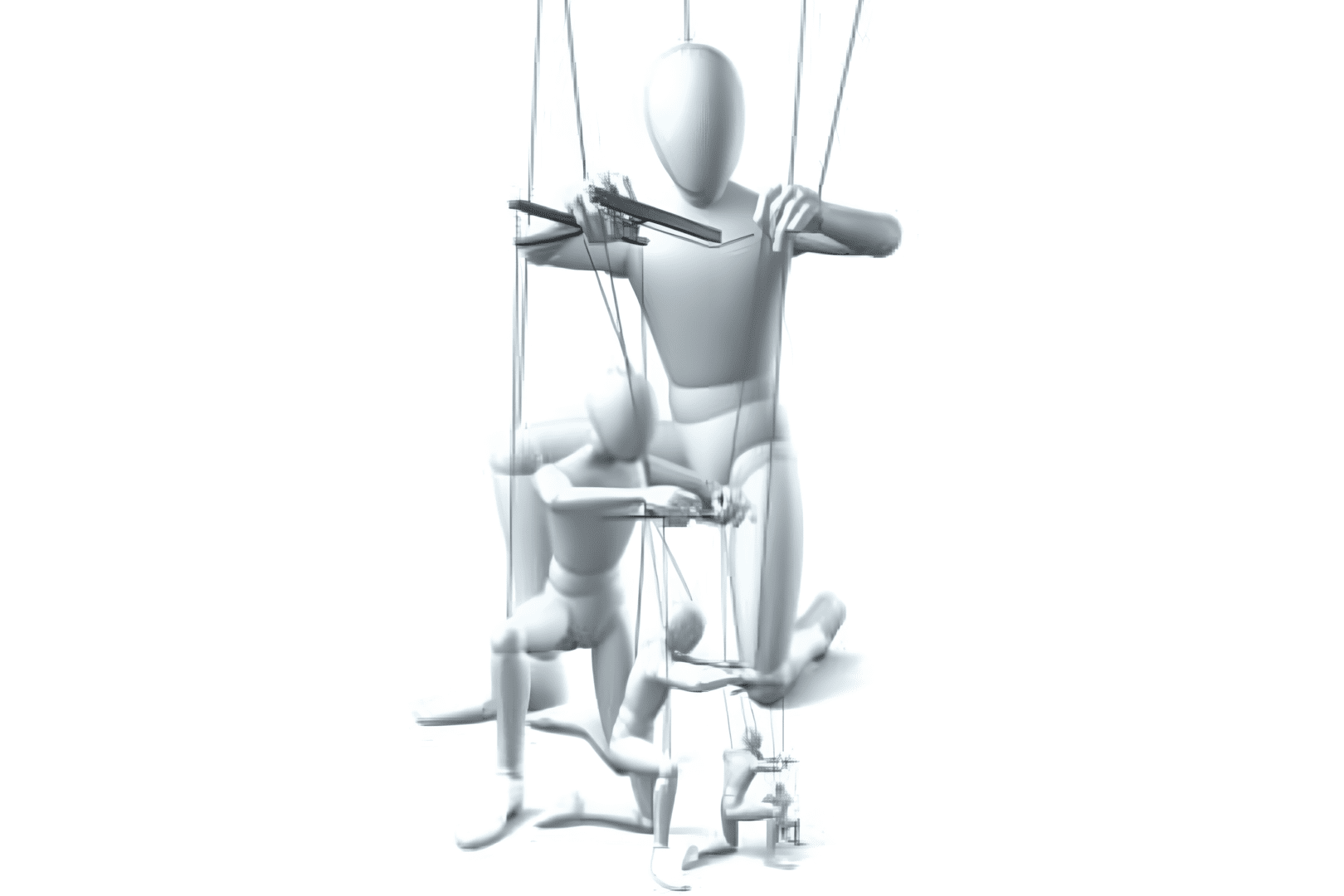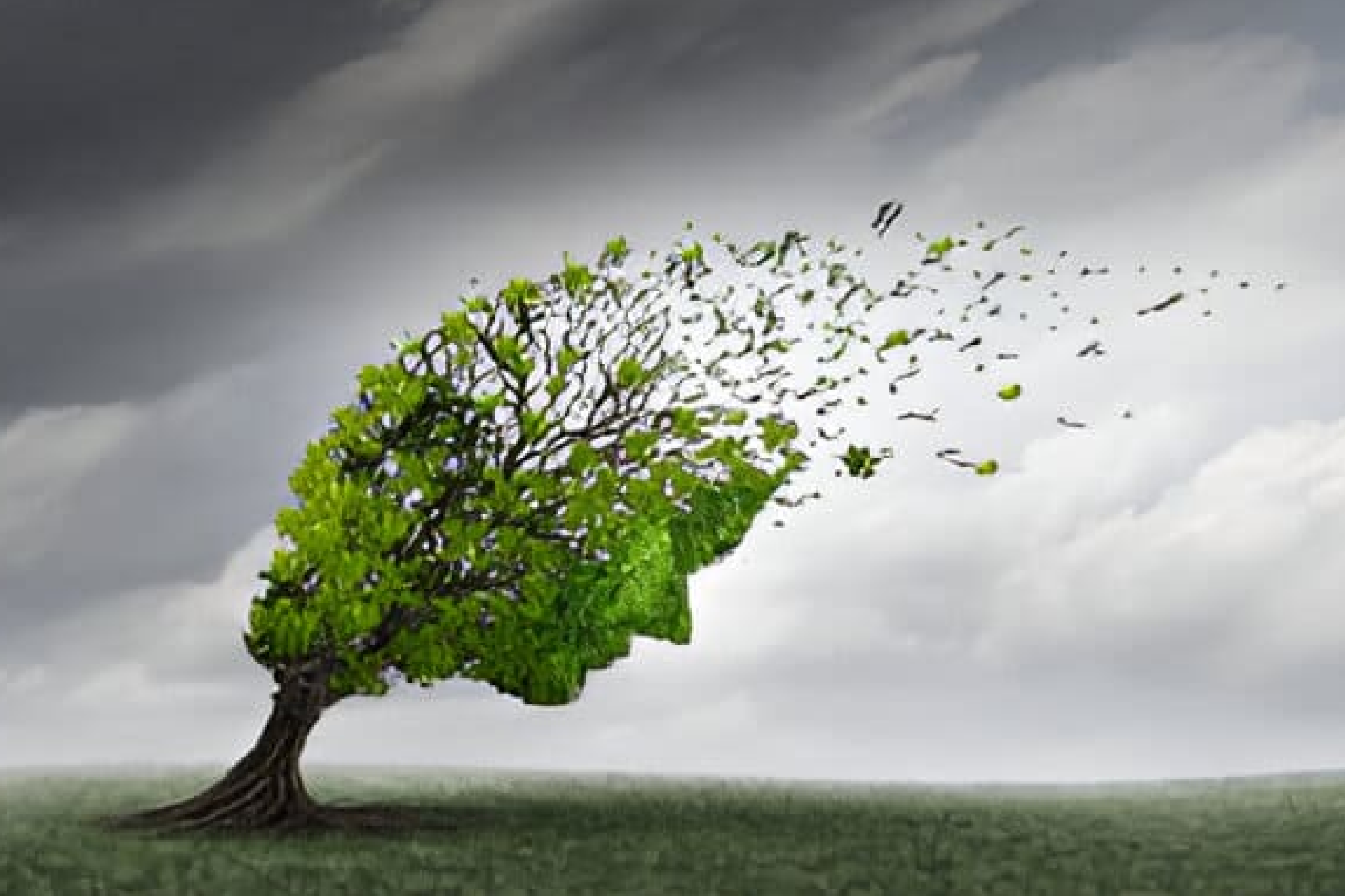Personal Transformation
Change your thinking, change your life. Personal transformation begins with identifying what you want your life to be, then creating a vision for a future pull. It involves mindfulness and present moment awareness so you can recognize your thoughts and the circumstances and situations that follow. Personal transformation is a process of personal exploration and a journey self-discovery.


Codependency
Among the core characteristics of codependency is an excessive reliance on other people for approval and a sense of identity and is not only found in romantic relationships or marriage. Enmeshment is a sign of codependency. This is a behavioral condition in a relationship where one person enables another person’s addiction, poor mental health, immaturity, irresponsibility, or under-achievement. In enmeshed relationships the individuals have difficulty recognizing where one ends and the other begins.
Effective Communication Skills
Developing effective communication skills is essential for navigating relationships. Learning to listen, experience empathy and compassion, lovingly assert yourself and express feelings are some of the skills I help you to develop.


Healing Childhood Trauma
The scars of childhood trauma are most often invisible. While one may have physical scars too the deepest scars are the result of psychological trauma. Childhood trauma occurs through experiencing neglect, abandonment and/or verbal abuse leading to insecure attachment. The trauma experience may also be the result of witnessing the physical or verbal abuse of others. With a combination of narrative therapy and EMDR, also known as bi-lateral stimulation, one processes the trauma thereby reducing the level of disturbance and developing a happier, healthier life.

Couples Therapy
A healthy romantic relationship or marriage must be built on a safe and loving foundation of true intimacy. True intimacy goes beyond lust and sex. Pia Mellody says “sharing feelings and expressing feelings are the foundation of true intimacy.” Developing intimacy answers the question “are you there for me?” The essential first step in building such a foundation is the creation of safety. Without safety, exposing one’s vulnerability is risky and can be very dangerous. Vulnerability must be held sacred by both partners. Facilitating Emotionally Focused Therapy (EFT) is one method that I use to support my clients developing true intimacy.
Assertiveness Training
Learning to communicate assertively begins with identifying where one is on the continuum of aggression, assertiveness and passivity as well as recognizing passive/aggressive behaviors. It includes the practice of saying what you mean, meaning what you say and not being mean when you say it. Using CBT (Cognitive Behavioral Therapy) and Mindfulness you learn to observe your own words, actions and behaviors and determine if they are serving you while acquiring tools and skills to change them, resulting in better outcomes.

Anger Management
Anger is not bad; it is a normal healthy emotion. When expressed in an appropriate manner it can be greatly beneficial and even productive. Rage and intimidation on the other hand are demonstrations of emotional dysregulation usually formed in early childhood, sometimes as a maladaptive survival tool. Yet, anger is often the secondary emotion, fear is the primary. One displays anger because admitting fear is too risky and vulnerable. When one learns to identify their emotions and feel into them, they can begin to practice expressing the emotion in a healthy manner. This requires mindfulness and practice. Guiding my clients in the self-discovery process they learn tools and techniques to develop emotional regulation.
Stress
Stress often leads to depression. The symptoms for both may include apathy, lack of energy, difficulty making decisions, difficulty “keeping track” of things, feeling on edge, change in eating habits, sleeping more than usual or difficulty getting to sleep, being more emotional or developing unhealthy coping strategies such as using drugs and alcohol. By helping you to process your stress or depression while offering new and healthy coping skills, I facilitate the journey to a healthier you.


Anxiety
We experience anxiety when we are focused on the future and not living in the present. Individuals often report a feeling of impending doom. They may have palpitations, trembling or a variety of other commons symptoms. Some experience frequent or constant states of hyper vigilance, restlessness or irritability. Racing thoughts or unwanted thoughts, an inability to concentrate as well as fatigue and sweating can all be symptoms of anxiety. For some people, these symptoms can result in panic. There is hope. Through a combination of various interventions, including EMDR, CBT and emotive therapy, I can help you to identify the triggers and manage symptoms and/or resolve the underlying issues.
Depression
Depression (major depressive disorder or clinical depression) is a common but serious mood disorder. It causes severe symptoms that affect how you feel, think, and handle daily activities, such as sleeping, eating, or working. To be diagnosed with depression, the symptoms must be present for at least two weeks.
Some forms of depression are slightly different, or they may develop under unique circumstances, such as:


Grief & Loss
Grief is an emotion triggered by loss which might be the death of a loved one, the dissolution of a relationship, loss of a job, a geographic move or any number of other losses. Many years ago, Elisabeth Kubler Ross and David Kessler identified five stages of grief. These are denial, anger, bargaining, depression, and acceptance. These are a part of the framework that makes up our learning to live with loss. However, it is important to recognize that the process of moving through these stages is not linear. It often takes many twists and turns, and you may, sometimes, get stuck and find it difficult to move forward. In my practice I use various interventions such as narrative therapy, emotional expression and EMDR to guide you through the process of grief.
Adult Trauma
Everyone experiences trauma. This includes little “t” traumas and big “T” traumas. Trauma may range from minor injury such as cutting one’s finger while preparing a meal, to a major experience such as domestic violence, auto accident, observing a murder or a death. The client determines for them self where on this continuum their trauma falls. Everyone experiences and reacts to trauma in their own way. With EMDR one reduces the level of disturbance triggered by the trauma and develops a happier, healthier life.


Substance Use Disorder
Drug addiction, also called substance use disorder, is a disease that affects a person’s brain and behavior and leads to an inability to control the use of a legal or illegal drug or medication. Substances such as alcohol, marijuana and nicotine are also considered drugs. When you’re addicted, you may continue using the drug despite the harm it causes.
Drug addiction can start with experimental use of a recreational drug in social situations, and, for some people, the drug use becomes more frequent. For others, particularly with opioids, drug addiction begins with exposure to prescribed medications, or receiving medications from a friend or relative who has been prescribed the medication.
The risk of addiction and how fast you become addicted varies by drug. Some drugs, such as opioid painkillers, have a higher risk and cause addiction more quickly than others.
Symptoms:
Drug addiction symptoms or behaviors include, among others:
Recognizing unhealthy drug use in family members
Sometimes it’s difficult to distinguish normal teenage moodiness or angst from signs of drug use. Possible indications that your teenager or other family member is using drugs include:
Recognizing signs of drug use or intoxication
Signs and symptoms of drug use or intoxication may vary, depending on the type of drug. Below you’ll find several examples. See https://www.mayoclinic.org/
Cognitive Behavioral Therapy
Cognitive behavioral therapy (CBT) is a form of psychological treatment that has been demonstrated to be effective for a range of problems including depression, anxiety disorders, alcohol and drug use problems, marital problems, eating disorders and severe mental illness. Numerous research studies suggest that CBT leads to significant improvement in functioning and quality of life. In many studies, CBT has been demonstrated to be as effective as, or more effective than, other forms of psychological therapy or psychiatric medications.
It is important to emphasize that advances in CBT have been made on the basis of both research and clinical practice. Indeed, CBT is an approach for which there is ample scientific evidence that the methods that have been developed actually produce change. In this manner, CBT differs from many other forms of psychological treatment.
CBT is based on several core principles, including:
1. Psychological problems are based, in part, on faulty or unhelpful ways of thinking.
2. Psychological problems are based, in part, on learned patterns of unhelpful behavior.
3. People suffering from psychological problems can learn better ways of coping with them, thereby relieving their symptoms and becoming more effective in their lives.
CBT treatment usually involves efforts to change thinking patterns. These strategies might include:
CBT treatment also usually involves efforts to change behavioral patterns. These strategies might include:


Eye Movement Desensitization & Reprocessing (EMDR)
EMDR (Eye Movement Desensitization and Reprocessing) is a psychotherapy that enables people to heal from the symptoms and emotional distress that are the result of disturbing life experiences. Repeated studies show that by using EMDR therapy people can experience the benefits of psychotherapy that once took years to make a difference. It is widely assumed that severe emotional pain requires a long time to heal. EMDR therapy shows that the mind can in fact heal from psychological trauma much as the body recovers from physical trauma. When you cut your hand, your body works to close the wound. If a foreign object or repeated injury irritates the wound, it festers and causes pain. Once the block is removed, healing resumes. EMDR therapy demonstrates that a similar sequence of events occurs with mental processes. The brain’s information processing system naturally moves toward mental health. If the system is blocked or imbalanced by the impact of a disturbing event, the emotional wound festers and can cause intense suffering. Once the block is removed, healing resumes. Using the detailed protocols and procedures learned in EMDR therapy training sessions, clinicians help clients activate their natural healing processes.
More than 30 positive controlled outcome studies have been done on EMDR therapy. Some of the studies show that 84%-90% of single-trauma victims no longer have post-traumatic stress disorder after only three 90-minute sessions. Another study, funded by the HMO Kaiser Permanente, found that 100% of the single-trauma victims and 77% of multiple trauma victims no longer were diagnosed with PTSD after only six 50-minute sessions. In another study, 77% of combat veterans were free of PTSD in 12 sessions. There has been so much research on EMDR therapy that it is now recognized as an effective form of treatment for trauma and other disturbing experiences by organizations such as the American Psychiatric Association, the World Health Organization and the Department of Defense. Given the worldwide recognition as an effective treatment of trauma, you can easily see how EMDR therapy would be effective in treating the “everyday” memories that are the reason people have low self-esteem, feelings of powerlessness, and all the myriad problems that bring them in for therapy. Over 100,000 clinicians throughout the world use the therapy. Millions of people have been treated successfully over the past 25 years.
EMDR therapy is an eight-phase treatment. Eye movements (or other bilateral stimulation) are used during one part of the session. After the clinician has determined which memory to target first, he asks the client to hold different aspects of that event or thought in mind and to use his eyes to track the therapist’s hand as it moves back and forth across the client’s field of vision. As this happens, for reasons believed by a Harvard researcher to be connected with the biological mechanisms involved in Rapid Eye Movement (REM) sleep, internal associations arise and the clients begin to process the memory and disturbing feelings. In successful EMDR therapy, the meaning of painful events is transformed on an emotional level. For instance, a rape victim shifts from feeling horror and self-disgust to holding the firm belief that, “I survived it and I am strong.” Unlike talk therapy, the insights clients gain in EMDR therapy result not so much from clinician interpretation, but from the client’s own accelerated intellectual and emotional processes. The net effect is that clients conclude EMDR therapy feeling empowered by the very experiences that once debased them. Their wounds have not just closed, they have transformed. As a natural outcome of the EMDR therapeutic process, the clients’ thoughts, feelings and behavior are all robust indicators of emotional health and resolution—all without speaking in detail or doing homework used in other therapies. See https://www.emdr.com/what-is-emdr/ cc
Positive Psychology/Narrative Therapy
Imagine a narrative of your “life story” in which you are the hero of your own life, rather than the victim. It is likely that the life story you tell yourself and others changes depending on who is asking, your mood, and whether you feel like you are still at the beginning, in the middle, or at the end of your most salient story. But when was the last time you paused to consider the stories you tell?
“What is your story?”
Narrative therapy capitalizes on this question and our storytelling tendencies. The goal is to uncover opportunities for growth and development, find meaning, and understand ourselves better.
We use stories to inform others, connect over shared experiences, say when we feel wronged, and even to sort out our thoughts and feelings. Stories organize our thoughts, help us find meaning and purpose, and establish our identity in a confusing and sometimes lonely world. Thus, it is important to realize what stories we are telling ourselves, and others, when we talk about our lives.
If you’ve never heard of narrative therapy before, you’re not alone!
This therapy is a specific and less common method of guiding clients towards healing and personal development. It’s revolves around the stories we tell ourselves and others. See
https://positivepychology.com


Psychodrama Therapy
Psychodrama therapy is a creative therapeutic approach developed by Jacob Levy Moreno, who also coined the phrases, “group therapy” and “group psychotherapy.” Psychodrama therapy may be used with individuals or groups. In this type of therapy, therapists use guided drama and role-playing to work through problems. With psychodrama therapy, the goal is to bring new insight, resolve issues, and practice new life skills and behaviors. Psychodrama therapy can be a good complement to cognitive behavioral therapy (CBT) or a good alternative to other therapies. This type of therapy works especially well for people who are victims of trauma or who struggle with substance abuse or alcoholism. See https://www.regain.us/
Equine Assisted Psychotherapy (EAP) and Equine Assisted Learning (EAL)
The Eagala Model is so effective because it embraces the science that humans learn best by doing. The model prescribes a hands-on approach where clients are given the space to project and analyze their situations, make connections, and find their own solutions. Since the solutions are personally experienced in conjunction with intellectual understanding, they tend to be deeper, more profound, and longer lasting.
How It Works
The Eagala Model is a team approach that includes a licensed, credentialed Mental Health Professional, a qualified Equine Specialist, and horses working together with the client in an arena at all times.
When inside the arena, all the work is done on the ground with the horses front and center, deliberately unhindered and never ridden, and allowed to interact with the client as they wish. This creates the space for the client, with the support of the professional facilitators, to reflect, project, and make deep connections. See https://www.eagala.org/


Enneagram
The Enneagram is a powerful tool for personal and collective transformation. Stemming from the Greek words ennea (nine) and grammos (a written symbol), the nine-pointed Enneagram symbol represents nine distinct strategies for relating to the self, others and the world. Each Enneagram type has a different pattern of thinking, feeling and acting that arises from a deeper inner motivation or worldview. Learning about these patterns fosters greater understanding through a universal language that transcends gender, religion, nationality and culture. While we are all unique, we share common experiences.
Working with the Enneagram is an “inside job” that begins with you determining your own type, and then exploring ever-deepening personal and/or professional development. Extraordinarily precise, the Enneagram also helps you create healthier relationships and provides tools to work through conflicts. Integrating psychology, spirituality and somatics, our dynamic Narrative Enneagram programs offer you unique and transformative opportunities to engage with the Enneagram.
Emotionally Focused Therapy (EFT)
Emotionally Focused Therapy (EFT) is a well-known humanistic approach to psychotherapy formulated in the 1980’s and developed in tandem with the science of adult attachment, a profound developmental theory of personality and intimate relationships. This science has expanded our understanding of individual dysfunction and health as well as the nature of love relationships and family bonds. Attachment views human beings as innately relational, social and wired for intimate bonding with others. The EFT model prioritizes emotion and emotional regulation as the key organizing agents in individual experience and key relationship interactions.
EFT is best known as a cutting edge, tested and proven couple intervention, but it is also used to address individual depression, anxiety and post traumatic stress (EFIT – Emotionally Focused Individual Therapy) and to repair family bonds (EFFT – Emotionally Focused Family Therapy). This model operationalizes the principles of attachment science using non-pathologizing experiential (paralleling Carl Rogers) and relational systems techniques (paralleling Salvador Minuchin) to focus on and change core organizing factors in both the self and key relationships.
Most EFT research to date has focused on outcome and process of change studies with couples, and EFT for couples is the gold standard for empirically validated intervention in this field.

Schedule Your Appointment
Call now to schedule your first appointment!


